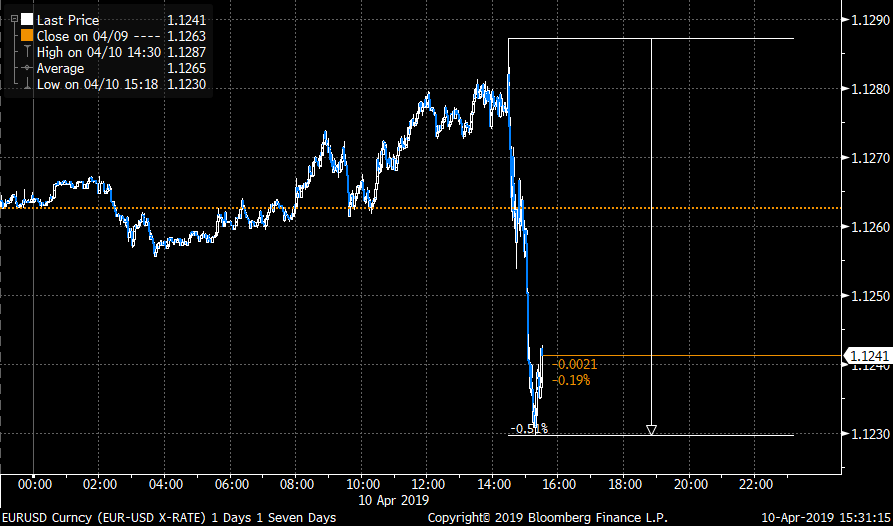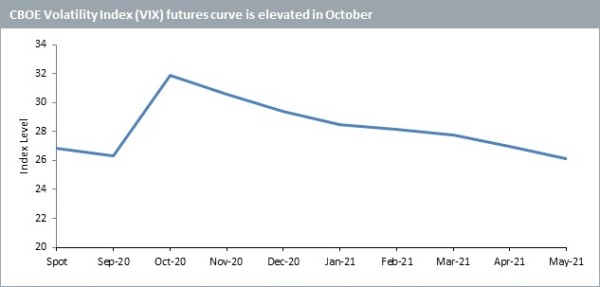WisdomTree: A moment in markets – Don’t be surprised by a bit of volatility
WisdomTree: A moment in markets – Don’t be surprised by a bit of volatility

By Mobeen Tahir, Associate Director, Research
Following a strong run between April and August, taking the US equity markets to record highs, stocks have pulled back in September causing a few jitters in markets. This, however, has not – and should not – set the alarm bells ringing. Instead, investors should identify the drivers of recent volatility and potential turbulence ahead to set themselves up for success – both tactically and strategically.

Source: Bloomberg. Data as of 11 September 2020. Historical performance is not an indication of future performance and any investments may go down in value.
Is another tech bubble bursting?
At WisdomTree, we don’t think so. While valuations in US tech stocks – through certain lenses – have become elevated this year, we need not draw parallels with the dotcom bubble of 20 years ago due to the following reasons:
- Stronger fundamentals: Take the top 3 stocks in the NASDAQ Composite Index as an example – Apple, Microsoft and Amazon collectively account for around 30% of the index. The average sales per share across the three have doubled in the last 3 years while the average earnings per share has almost quadrupled.[1]
- More robust income streams: Technology companies generally have more diversified and sustainable sources of revenue now than 20 years ago. The advent of cloud computing, as an example, has made revenue streams more stable and business models more future-proof.
- Larger cash reserves: Large technology companies have generally accumulated larger cash reserves in recent years allowing them to keep focusing on research and development rather than anguishing over the risk of bankruptcy.
Instead, what has manifested in markets in September is profit-taking after an extremely strong run in stocks. When that happens, inevitably some gains get wiped out. The NASDAQ Composite Index, however, is still almost 14% above its 200-day moving average.[2]
Where do we go from here?
Investors should consider the following factors while viewing US equity markets, particularly tech stocks, from a top-down macroeconomic vantage point:
- The buying opportunity: A dip in prices in the absence of a noticeable shift in fundamentals and macroeconomics presents a potential buying opportunity.
- The policy firepower: Fiscal stimulus from the US government could supplement the already highly accommodative monetary policy from the US Federal Reserve to keep propelling equity markets.
- The thematic approach: Investing in the tech stocks is becoming increasingly synonymous with thematic investing given how integral long-term themes like artificial intelligence, cloud computing and clean energy are to the sector. Markets may continue allowing the sector to trade at higher valuation multiples as a sign of faith in the innovation and growth the sector continues to bring.
Could there be more volatility ahead?
It is entirely possible that we see a bit more volatility in the coming weeks as tactical investors sell more of their positions. Some turbulence may also be expected leading up to the US presidential election in November. The CBOE Volatility Index (VIX) futures are pricing volatility to be elevated in October before it settles again after the election (see figure above). An increase in COVID-19 infections as winter approaches still remains a risk factor for markets. In the absence of a potent vaccine, governments may be forced to enforce tighter restrictions yet again causing the economic recovery in recent months to lose a bit of steam. Investors should, therefore, continue to consider holding defensive hedges to mitigate the potential volatility ahead.
[1] Source: WisdomTree, Bloomberg as of 11 September 2020
[2] Source: WisdomTree, Bloomberg as of 11 September 2020









